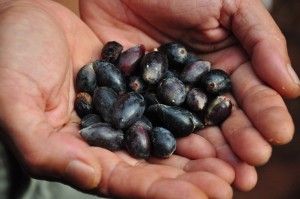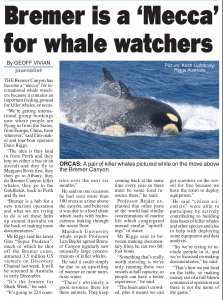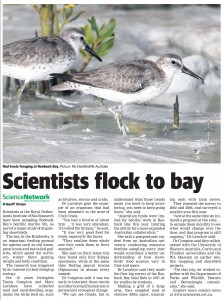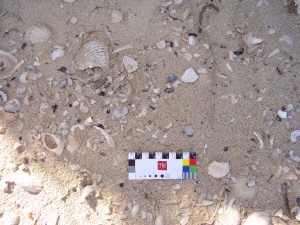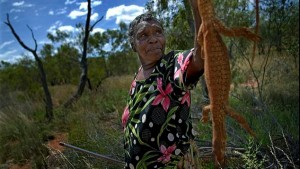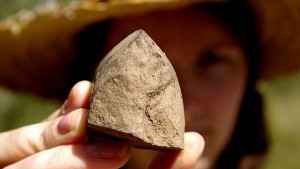THE decision by the Department of Water (DoW) not to open the Sandbar at Wilson Inlet could be depriving endangered migrating shorebirds of valuable feeding grounds.
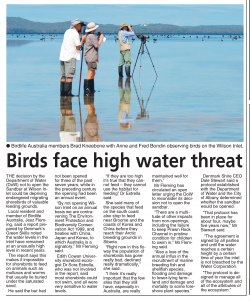
Click on this image to read the story
Local resident and member of Birdlife Australia, Jesz Fleming, said a report prepared by Denmark’s Green Skills noted the water levels in the inlet have remained at an unusually high level in recent years.
The report says this makes it impossible for shorebirds to feed on animals such as molluscs and worms that usually lie buried under the saturated sand.
Great Southern Weekender [go to website]
Writing science stories can be tricky when you have a report before you and you are not sure of its scientific validity.
The author had not trained as a scientist and, while he may have been following the accepted principles of ornithology and ecology, I was not personally able to make an assessment of this.
Luckily I was able to contact a shorebird ecologist I had previously interviewed, who agreed to read the report.
She told me it was a good report, and she added some useful comments of her own.
